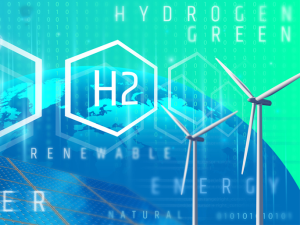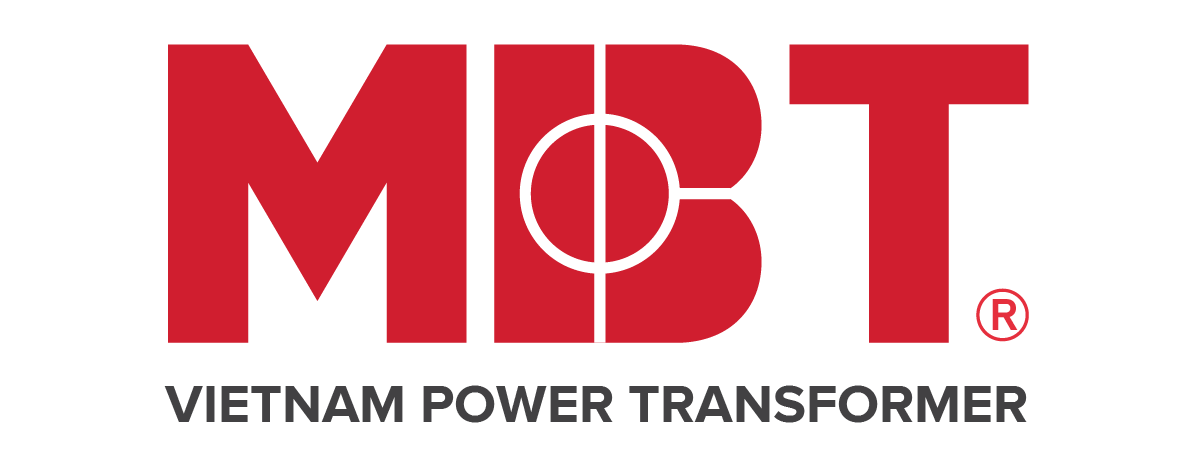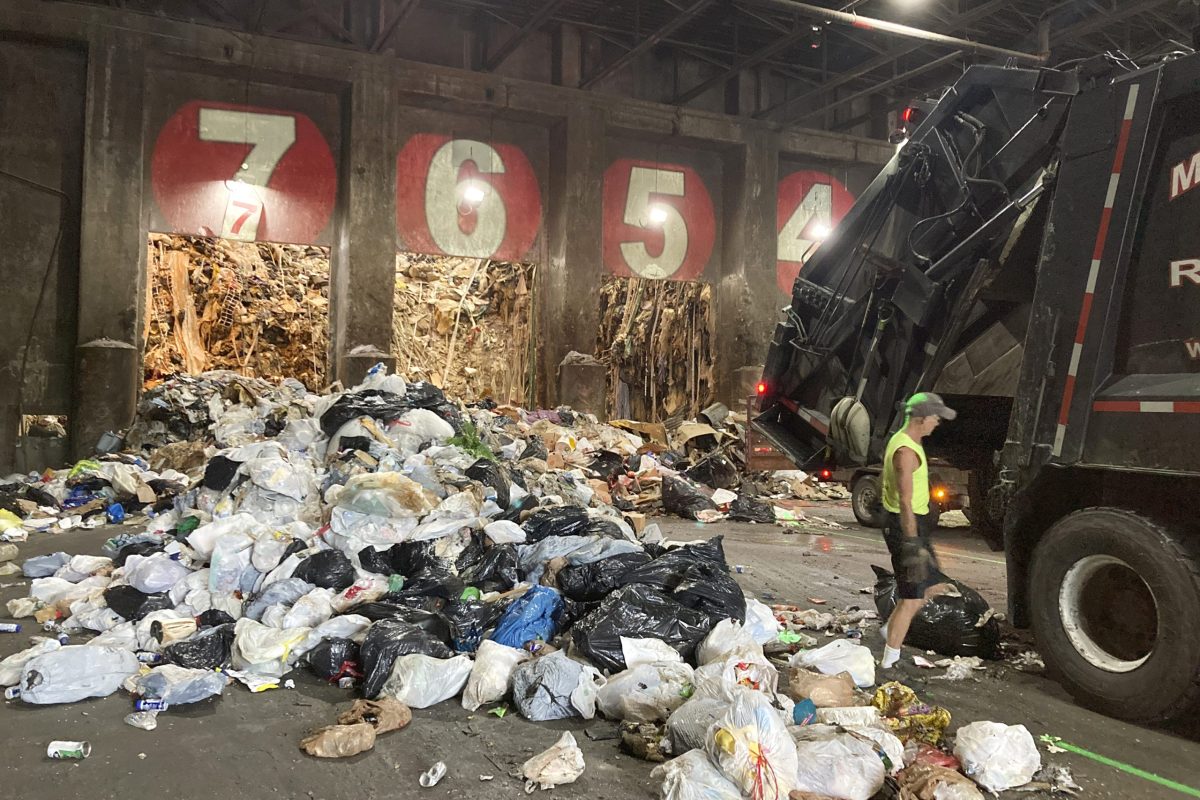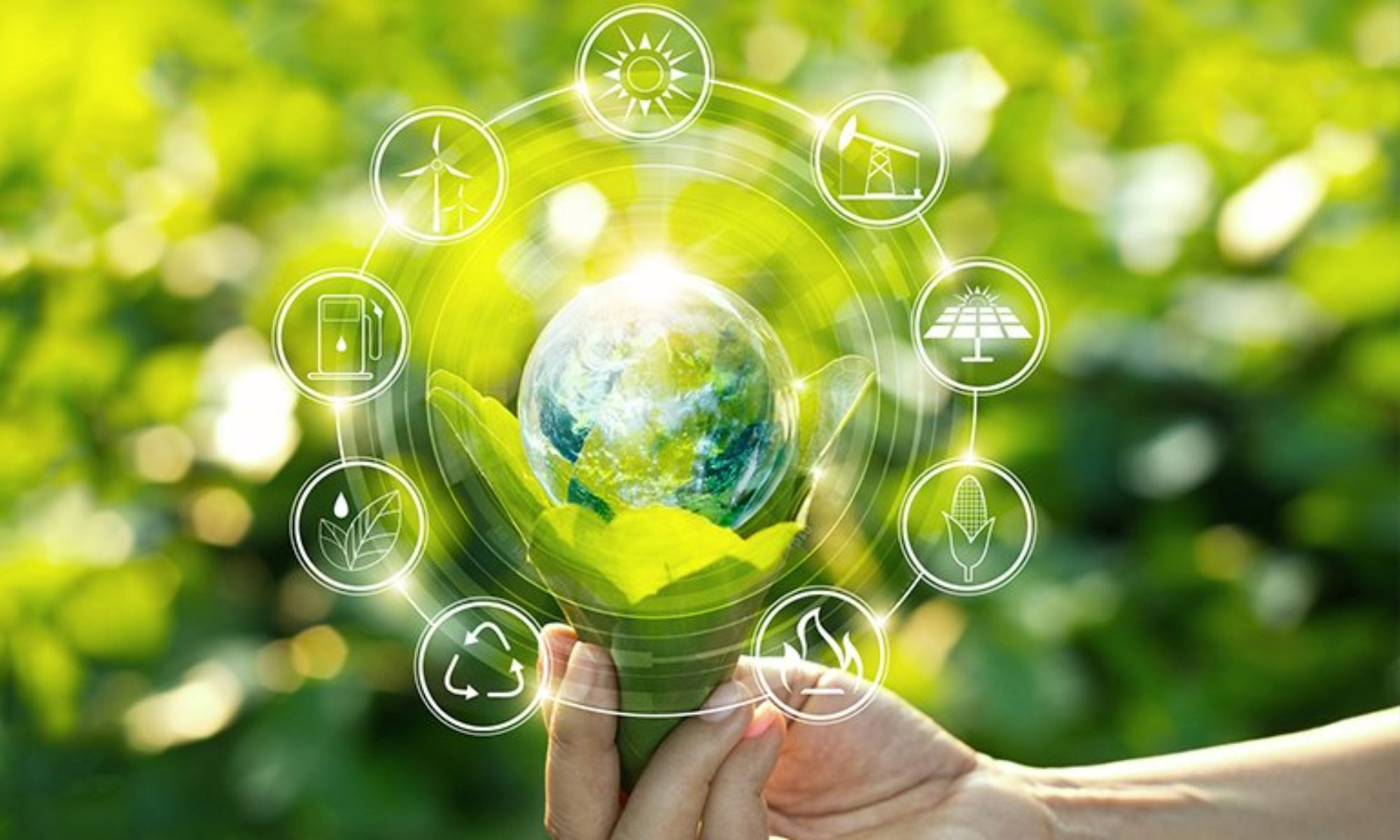
10 CLEAN ENERGY TRENDS FOR THE NEAR FUTURE
10 CLEAN ENERGY TRENDS FOR THE NEAR FUTURE
British consulting firm IHS Markit has just announced 10 clean energy trends for 2021. Here is an overview of these technology trends.
1. Renewable energy (re) will recover at double digits after the covid-19 pandemic
Annual Solar Energy (PV) installations are projected to grow over 30% in 2021 after 2020 due to the outbreak of the covid-19 pandemic. Unconventional renewable energy such as geothermal will continue to attract attention from energy companies and investors, with nearly 0.5GW of new capacity to be put into operation in 2021. In which, Indonesia and Kenya are the two global market leaders in this area.
According to IHS Markit, in 2021, China will maintain its leading position as the largest floating PV market, followed by India, South Korea, and Vietnam. Asia is expected to account for more than 70% of all floating PV installations through 2024.
2. Solar technology innovation continues to be exciting even though pv system costs are falling.
Average module efficiency continues to increase, surpassing the 22.5% threshold in the commercial production of PERC monocrystalline photovoltaic cells, forecast to increase further by 24% in 2022. Perovskites technology continues to break records effective, but it will only be available for commercial production within the next 5 years.
3. Annual offshore wind installations will exceed the capacity threshold of 10 gw.
In 2021, the offshore wind industry will exceed capacity by more than 10 GW, nearly double that of 2020, due to a boom in new installations in China. This year many new projects continue to be put up for bidding, with a capacity of over 20 GW of these new projects to be deployed at the auction stage in the UK, France, Denmark, the Netherlands, Germany, the US, and Japan. and Taiwan.
4. Floating projects of both wind power and offshore solar power are growing
In 2021, for the first time, commercial offshore wind floating energy capacity in the deep sea will begin to appear in the UK and France through takeover projects. However, this industry is still narrow and just starting, is expected to have a breakthrough growth rate. In general, floating solar energy, although vibrant and thriving, is limited in terms of land. In 2021, mainland China still maintains the leading position in the largest floating PV market, followed by India, South Korea, and Vietnam. IHS Markit expects Asia to account for more than 70% of all floating PV installations through 2024.
5. Recycling is a priority for companies and governments around the world.
New policies on battery recycling will be led by the auto industry. The reason is, the battery life cycle is shorter than that of solar panels and wind turbines and the size of the EV field.
With more than 20 GW of globally installed onshore wind fleets exceeding their 20-year design life (for 2021), increasing recycling rates, particularly for turbine blades, will be critical to meet carbon-neutral goals as committed and pave the way towards a circular economy that benefits the future.
6. The price and technology of li-ion in energy storage will have a big impact on the auto industry
Despite the rapid growth of the grid-connected battery energy storage market, it will only account for a small fraction of the global demand for Li-ion batteries. By 2021, the automotive & transportation sector will account for 80% of the demand for Li-ion batteries, which is expected to grow to 90% by the middle of this decade.
7. Sustainability and security continue to support the localization of battery production
With plans to reduce carbon emissions associated with the electrification of vehicles, governments are increasingly promoting the development of the local battery industry. In North America and Europe, more than 80% of global battery production will be located in China by the end of 2020, but the near future will be localized to achieve the set targets.
8. More and more clean technology and electric mobility companies enter the mass market using SPAC
In 2020, the 16 electric mobility and cleantech startups that chose to list shares through SPAC received an average valuation of $2 billion, with net merger proceeds averaging is $470 million. Notably, 50% of this group has not yet offered any commercial products.
IHS Markit forecasts that in the near future, many companies in the clean technology and electric mobility sectors will choose to enter the mass market using SPAC, as this path offers high cash benefits and world attention. communication, which is invaluable for companies that want to quickly capture market share.
AC invests in special-purpose acquisition companies (SPAC), or SPAC is a type of company that exists only on paper but is increasingly exploding to a new high level. For example, in mid-April 2021, a new record was set when Grab, a Southeast Asian company with Uber-like operations providing ride-hailing, food delivery, and digital payments services, agreed to merge with a SPAC set up by US investment management firm Altimeter in a deal valuing Grab at around $40 billion. This gives Grab a shortcut to getting listed on Nasdaq and is the latest in a string of similar deals.
9. Strong growth of low-carbon hydrocarbon projects
More precisely exponential. In 2020, six major countries in Europe and the European Commission have launched a hydrogen strategy amid the COVID 19 pandemic and around $44 billion in funding has been provided for hydrogen projects in Germany, France, Italy, Spain, and Portugal until 2030.
The low cost of low-carbon hydrogen is forecast to continue to fall by another 40% through 2025 as the cost of renewable electricity falls, opening up more opportunities for new projects of this type.
10. Shares of hydrogen companies increase rapidly after 2020
In 2021, a boom in share prices as countries increasingly include low carbon in their carbon reduction strategies, and IHS Markit forecasts more hydrogen-related investment highlights. Government support continues to help mitigate investment risks and additional policy measures, such as Canada's Clean Fuel Standards, will provide further impetus for growth.
However, emerging business models and technologies will help to take risks a step further. Like joint ventures and strategic partnerships, for example, GM's proposal to buy a 10% stake in Nikola in the near future is an example














